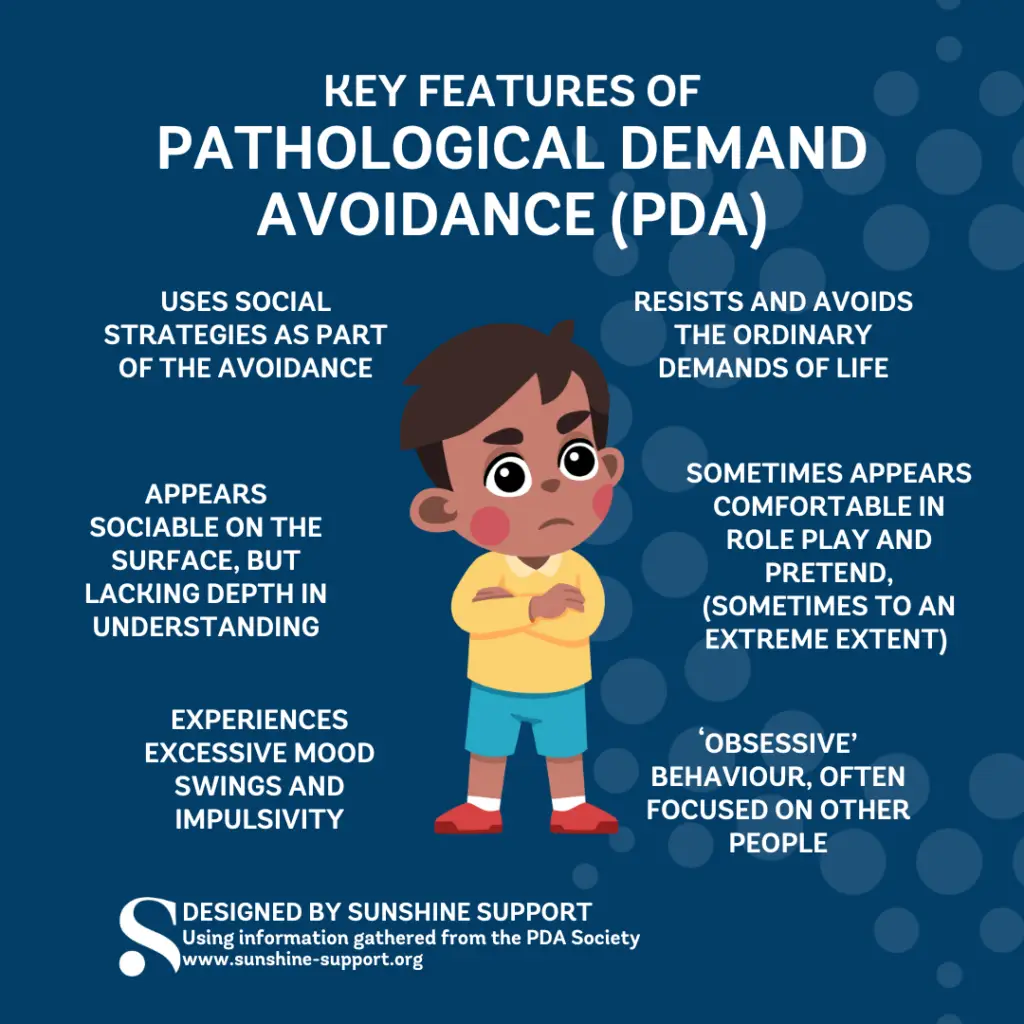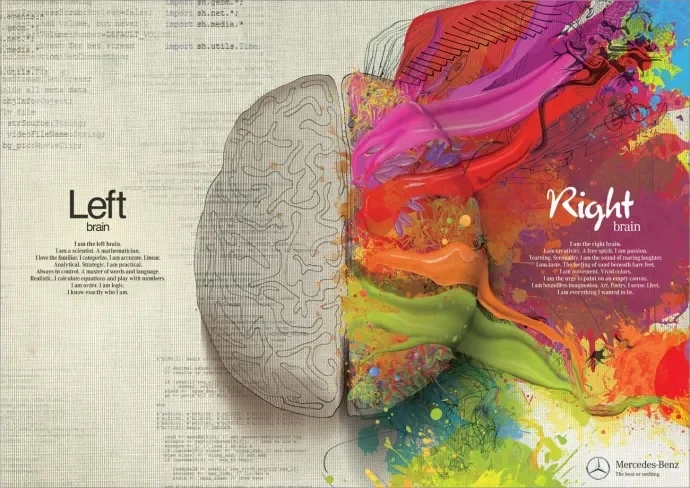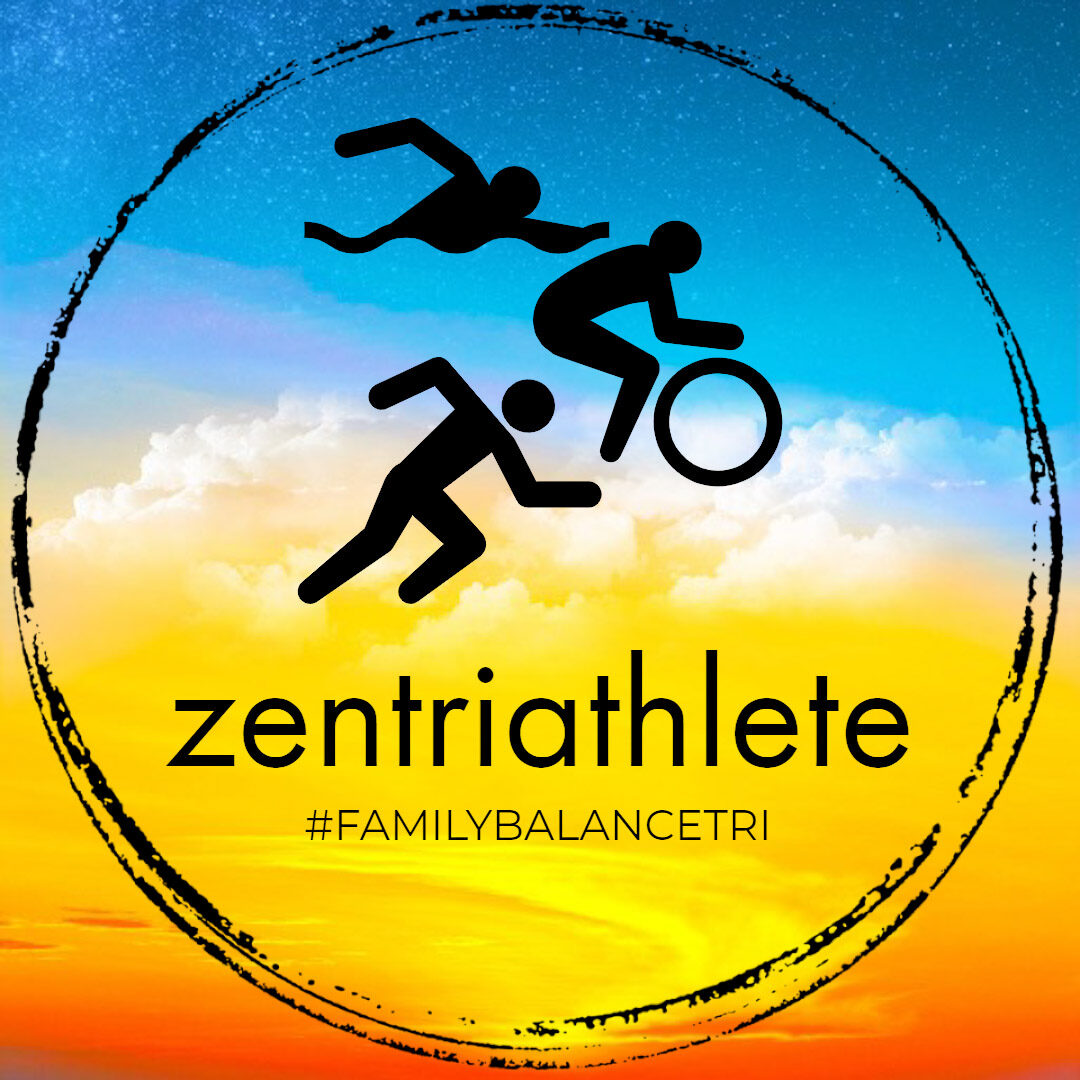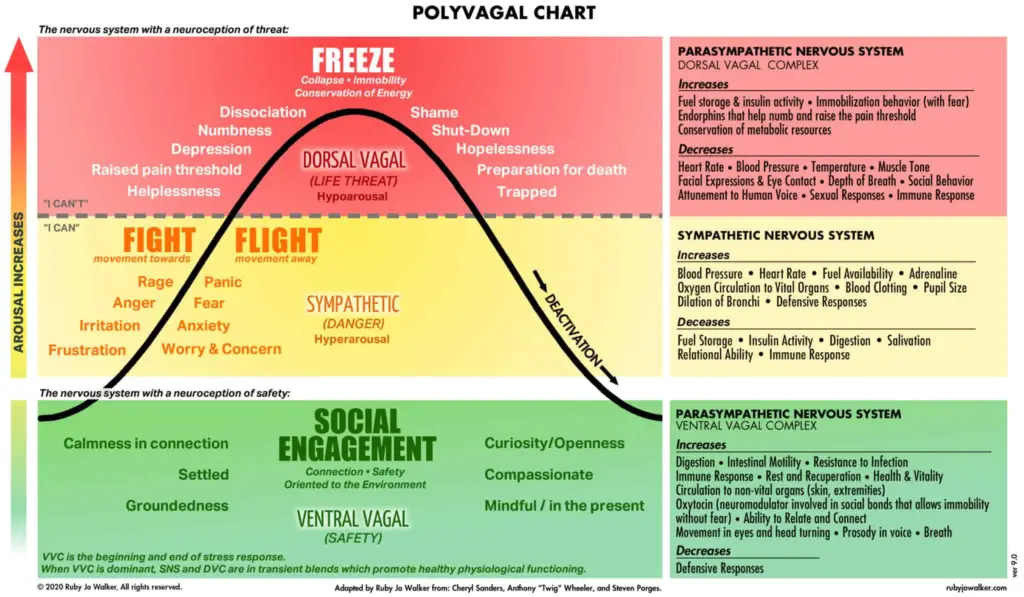About PDA
When humans resist anything that feels like a demand.
P
Pathological
D
Demand
A
Avoidance
An Autism
Profile
But your kiddo seems so perfect to me!
Core Features
PDA
What is this voodoo you speak of? Why do you keep talking about it?
What is pathological demand avoidance, or PDA?
Pathological Demand Avoidance (PDA) or extreme demand avoidance is a proposed disorder, and proposed sub-type of autism spectrum disorder, defined by characteristics such as a demand avoidance—which is a greater-than-typical refusal to comply with requests or expectations—and extreme efforts to avoid social demands.


Using Information from the PDA Society – www.sunshine-support.org
Why do Humans with PDA resist doing things on demand?
Can’t, not won’t. Initially, it may appear to be willful disobedience but the biological and neurological disruptions to the adrenaline responses like fight or flight result in anxiety and/or inflexibility.
A question changed to a declarative structured statement often yields different and more favorable responses.
Why is it important to Approach Folks Differently if they have PDA?
While Pathological Demand Avoidance (PDA) is not a recognized disorder in the USA, this doesn’t disavow the biological disruptions manifesting in the fight or flight adrenaline responses.
- understanding behaviours.
- adjusting your mindset.
- optimising the environment.
- reducing the perception of demands.
- being cautious with rewards/praise/sanctions.
- supporting sensory needs.
- supporting social interaction & communication.
- approaching distressed behaviour.

https://neurodivergentinsights.com/autism-infographics/autism-pda-explained
What is this about
ADRENALINE Responses
F Responses both known and emergent!

Fight
Defensive Frustration
The fight response is characterized by a surge in adrenaline and a readiness to confront a perceived threat. This response manifests as aggression, anger, or a strong urge to resist and defend oneself. In a traumatic situation, a person exhibiting the fight response may become confrontational, argumentative, or even physically aggressive. This reaction is the body’s way of feeling empowered in a situation that feels out of control.

Flight
Worried Redirection
Flight, on the other hand, is marked by the desire to escape or avoid a threatening situation. People experiencing the flight response might display behaviors such as running away, avoiding confrontation, or seeking physical or emotional distance. This reaction aims to remove oneself from danger or perceived harm to find safety and security.

Freeze
Overwhelmed Disengagement
The freeze response involves feeling immobilized or “stuck” in a traumatic situation. This reaction might involve a sense of numbness, dissociation, or feeling paralyzed. It’s the body’s way of playing dead, hoping that the threat will pass if one remains motionless. It’s a common response when the perceived danger is too overwhelming to confront or escape from.

Fawn
Performative Engagement
The lesser-known response, fawn, appears to be the most dominant when uncomfortable conversations or conflicts are had. This response often emerges from a deep-seated need for social connection and safety, even if it means sacrificing personal boundaries.

Flop/faint
Paralysis, fainting, loss of physical control
The flop response, also known as the “appease” or “submit” response, involves a state of surrender or total collapse in a traumatic situation. This reaction is seen in individuals who feel completely overwhelmed and unable to fight, flee, or even freeze. It often involves feelings of helplessness, hopelessness, and a sense of resignation in the face of an insurmountable threat.

Funster
Playing the clown and seeking dopamine satisfaction
The funster response is not well-documented, but it’s something to be very aware of having reacted with personally. I noticed in my Neurospicy kiddos; and many fellow Neurodivergent profiles, and parents Neurodivergent kiddos have strongly noticed too. This may be more of a strategy as opposed to a response – more research, data and observable evidence needed.

Fib
Concealing guilt
Fibbing is more emergent and is proposed as an alternative protective adrenaline response to the better-known trio of Fight, Flight and Freeze:
With complex and advanced language (not available to our primitive ancestors), we have the ability to verbalize both factual and/or fictitious reasoning instantaneously at point of performance, most notably in times of stress and threat.

Neurotype madness
Right v Left Brain Chaos
The above image is from the art of Autism. We are all diverse and we need to get over ourselves – 2 great thoughts from this resource and a reminder that the F responses are not absolute laws, they often combine in unique combinations. Let that sink in! As a caregiver it is difficult to navigate those things as a responder. Now stop and imagine what the owner of the brain and neurological and biological dysfunction is facing – Let that moment off empathy recalibrate our actions.
Why I created this page
In the UK and Australia, Pathological Demand Avoidance (PDA), is described as a behavioral profile often associated with autism, and is characterized by an extreme resistance to everyday demands and a tendency to use social strategies to avoid them, often stemming from anxiety and a need for control. In the United States Pathological Demand Avoidance (PDA) is merely accepted by the DSM-5 as an emergent comorbid profile. Further, it is most notably paired with Autism in the United States. Currently, Pathological Demand Avoidance (PDA) is not widely recognized in the United States because of a lack of awareness and disagreement over its definition and other. risk/liability and services and supports contexts.
New emergent data and evidence further suggests that PTSD is a key significant and primary contributor. This is evolving and may increase and adapt over time as information, evidence, studies and research improves. As a caregiver parent of two child PDA-er’s – I am often asked what is Pathological Demand Avoidance (PDA)? It is my experience and observation that this question often comes from others in their sharing critical feedback (often unsolicited nor consensual) for my approaches and strategies as a parent and caregiver for my kiddos and other kiddos I interact with. I also hear, too often, from mothers who share they are having to face scenarios where their partner (often the male DNA-donor) doesn’t have ‘time’ to understand this thing called Pathological Demand Avoidance (PDA). There are other examples which often include scenarios around the following:
- Resistance: Refusing to do tasks, like schoolwork or chores
- Social strategies: Using excuses, threats, or making others feel guilty
- Distraction: Getting distracted or pretending to be sick
- Meltdowns: Shutting down or having a meltdown when faced with a demand
- Obsessive behavior: Being fixated on a person or interest
- Fantasy: Using pretend play or role play to avoid demandsWhat am I doing wrong
- Difficulty sleeping
- Difficulty with self-care
- Difficulty regulating emotions
- Difficulty maintaining relationships
- Difficulty attending school or work
- Anxiety and panic attacks
So, I decided to create this page as a way to have a quick set of valuable and quick resources. I can share this page without adding stress to others or myself. This collection of resources represents my personal observations, my direct access to many sets of evidence and research information (resources, studies, etc.), and plenty of personal experience I have collected over the past 19 years. Please understand, I have failed a lot, and I also witness many of my aspirations turn to successes. This page/site is not to provide instruction, replace diagnoses, nor rely on or pretend to be pseudo-science. Rather, this page’s purpose is to be a springboard or a leaping pad. I merely hope this may help others inform themselves or seek for instruction and recommendations from qualified or practicing professionals. We sought help through At Peace Parent’s. That coaching experience helped shape our journey from failure and no options. Our takeaway though our coaching experience was learning strategies that helped us land where we are today. Yes, we continue in our circus of chaos, but at least we have strategies and successes amid our failures, too. And plenty of persistent recalibration and adaptations.
Pda REsources That have proved helpful to our family
North America
North America
About PDA (Books and Resources)
Australia/UK
Canada
Genral Autism REsources that have been trustable
USA
USA
USA
USA

